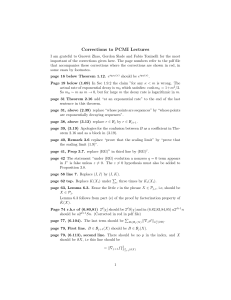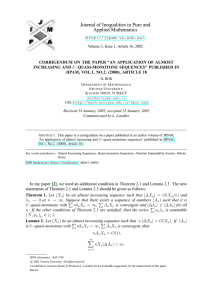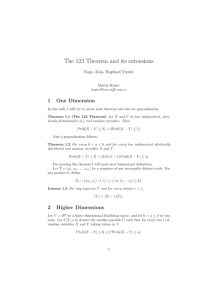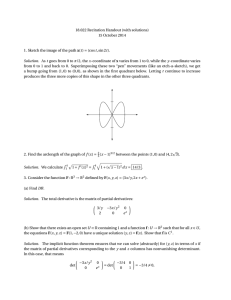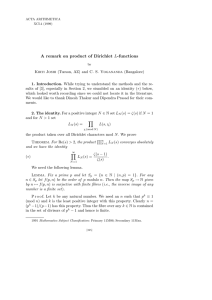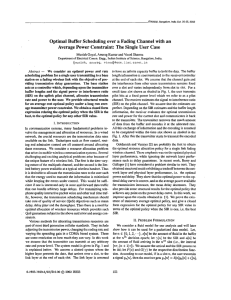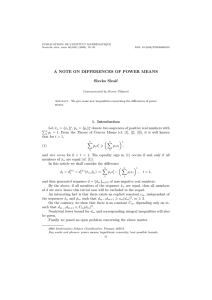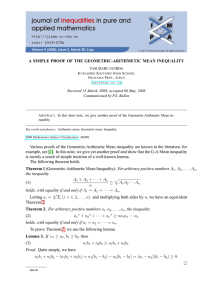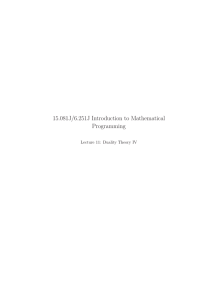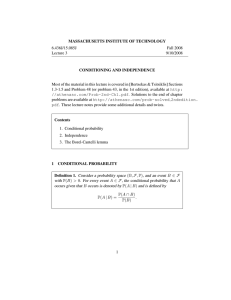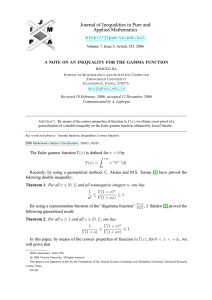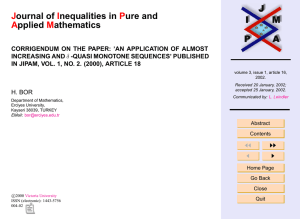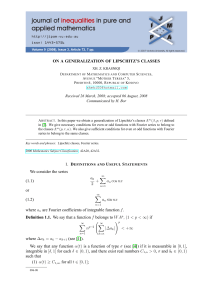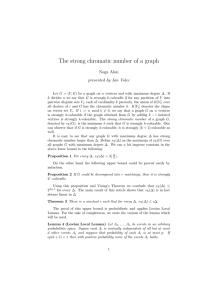In the foregoing argument we repeatedly integrated inequalities, argu- t (1)
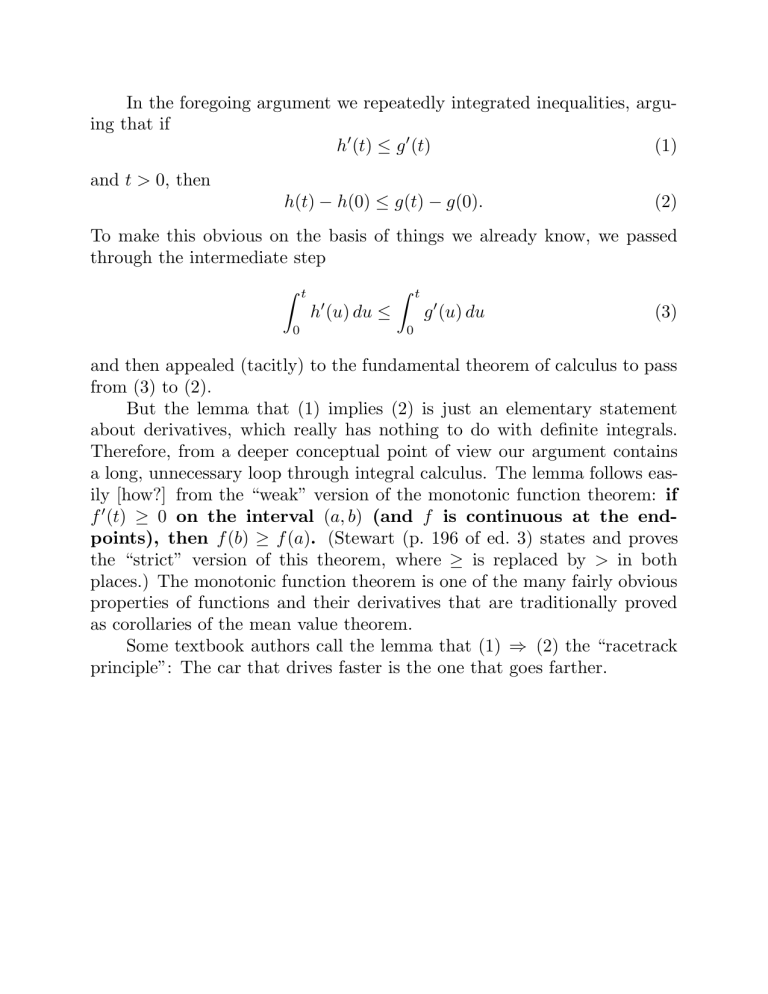
In the foregoing argument we repeatedly integrated inequalities, arguing that if h
0
( t )
≤ g
0
( t ) (1) and t > 0, then h ( t )
− h (0)
≤ g ( t )
− g (0) .
(2)
To make this obvious on the basis of things we already know, we passed through the intermediate step
Z
0 t h
0
( u ) du
≤
Z
0 t g
0
( u ) du (3) and then appealed (tacitly) to the fundamental theorem of calculus to pass from (3) to (2).
But the lemma that (1) implies (2) is just an elementary statement about derivatives, which really has nothing to do with definite integrals.
Therefore, from a deeper conceptual point of view our argument contains a long, unnecessary loop through integral calculus. The lemma follows easily [how?] from the “weak” version of the monotonic function theorem: if f
0
( t )
≥
0 on the interval ( a, b ) (and f is continuous at the endpoints), then f ( b )
≥ f ( a ) .
(Stewart (p. 196 of ed. 3) states and proves the “strict” version of this theorem, where
≥ is replaced by > in both places.) The monotonic function theorem is one of the many fairly obvious properties of functions and their derivatives that are traditionally proved as corollaries of the mean value theorem.
Some textbook authors call the lemma that (1)
⇒
(2) the “racetrack principle”: The car that drives faster is the one that goes farther.






